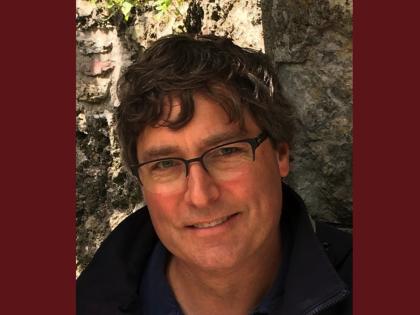The Fogg and Busch-Reisinger Museums at 32 Quincy Street will close their doors on June 30 for five years (see “Art Museum Two-Step,” January-February, page 62). But before they do, the Harvard University Art Museums (HUAM) will preview the plans for renovation in a small exhibition hinting at the design approach unfolding in the offices of project architect Renzo Piano. All but the original 1927 Fogg building will be torn down as part of the massive project.
Although the design is still evolving as HUAM consults with the Cambridge Historical Commission, the Massachusetts Historical Commission, the Harvard Corporation, and Cambridge neighbors, the exhibition, opening May 18, is expected to include a large model as well as sketch renderings of Piano’s plan. Anchoring the first-floor space will be the distinctive central courtyard, with four separate galleries at the building’s corners. The second floor will contain more gallery space, and the third will include galleries as well an entrance to the study centers where professors can use objects from the collections for teaching. What will be most apparent from the outside, emphasizes Cabot director of the museums Thomas W. Lentz, is that there will no longer be front and back sides to the building: “We are adding [a formal] entrance to the building on Prescott Street.”

Photograph by Michel Denace/Renzo Piano Workshop
Architect Renzo Piano is noted for “spaces that defer to art” and has a gift for combining controlled natural light with artificial light, says Thomas W. Lentz, director of the Art Museums. Lentz says the architect’s buildings “always keep works of art front and center,” whether as a result of his “sense of proportion in gallery spaces,” or his “deep interest in materials and how they ‘live’ and interact.” Above, a gallery at the Nasher Sculpture Center, Dallas.







